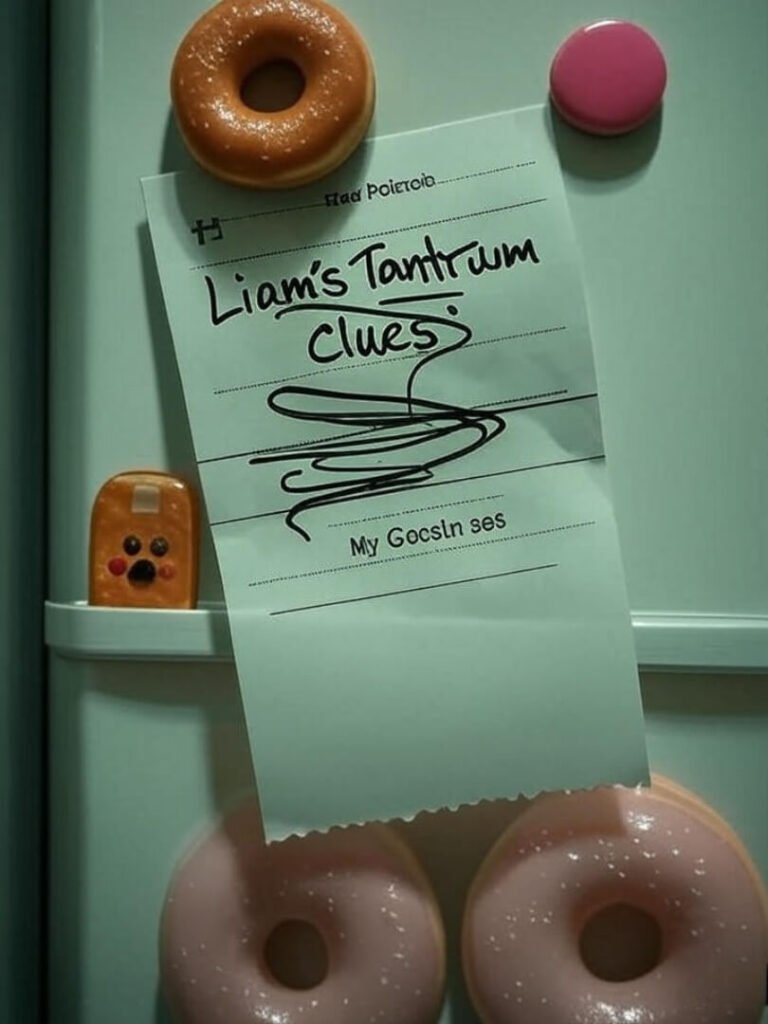Understanding your child’s behavior is like trying to solve a Rubik’s cube blindfolded while your kid is yeeting toys across the room—yep, that’s me right now, sprawled on my couch in suburban Ohio. It’s 7:15 PM, the light’s fading outside, and my living room’s a disaster of plastic blocks, a stray mitten (why?), and what I’m praying is just applesauce on the floor. My kid, Liam, just chucked a stuffed giraffe at the TV for no reason I can figure out. Like, dude, what gives? I’m no parenting wizard—just a mom who’s stumbled through enough tantrums to fill a book, and I’m here spilling my messy, slightly embarrassing take on decoding child behavior.
I’m typing this with a Lego poking my butt—swear it’s always Legos—and a cold coffee staring at me like I’ve let it down. I’ve been wrestling with understanding Liam’s behavior since he turned three and decided meltdowns were his new thing. Like, last week at a Kroger in Cincinnati, he had a full-on fit over a box of neon fruit snacks. I was mortified, sweating through my shirt, whispering desperate bribes while people stared. But getting why he’s acting out—like if he’s starving or just needs a cuddle—has been huge, even if I still flub it half the time.
Why Kids Act Out: My Clumsy Stab at It
Kids don’t just lose it to make you wanna pull your hair out, even if it feels like it. I figured this out when Liam went berserk at a playground last month—thought he was just being a brat, but nope, his shoes were too tight and the slide was too hot. Total mom fail. Understanding your child’s behavior is like being a detective with a half-dead flashlight. I read somewhere on Psychology Today that kids act out cause of unmet needs—hunger, sleep, or too much chaos. For me, it’s about spotting Liam’s signals, like when he starts chewing his shirt before a meltdown.
Here’s what I’ve kinda pieced together, with a bunch of mess-ups:
- Body stuff: Hungry? Tired? Too hot? Yesterday, Liam flipped out cause his juice wasn’t “bubbly enough.” Shoulda checked if we had soda.
- Big feelings: He’s got emotions bigger than his vocab, so he throws stuff instead of talking. I’ve wanted to yeet my phone some days, so I get it.
- The environment’s a thing: Loud noises or a messed-up schedule can make him wild. Taking him to a packed festival was a dumb move.

Figuring Out Kids’ Actions: Where I Totally Bombed
Let’s be real: I’ve screwed this up more times than I can count. Once, I got all huffy when Liam wouldn’t touch his carrots—thought he was just picky, but turns out he’d snuck a cookie earlier. Duh, me. Understanding your child’s behavior means owning your dumb moments. I’ve bribed with extra YouTube time (yep, guilty), yelled when I should’ve chilled, and once hid in my pantry for five minutes to dodge a tantrum. Each flop teaches me something, though—like Liam’s wall doodles are his way of yelling, “Hey, I’m bored, look at me!”
I started jotting clues on random stuff—napkins, my phone, a pizza box once. It’s chaotic, but it works:
- Stop and stare: What’s he doing before he goes nuts? This morning, he was yawning—tired, obviously.
- Ask him stuff: I go, “Yo, kiddo, what’s making you so mad?” Sometimes he just grunts, but it’s a start.
- Look at the big picture: Is he acting out cause I skipped his nap? Or cause I was glued to my laptop? Ouch, that one hurts.
Parenting Struggles: My Half-Assed Hacks
I’m not some parenting guru, but I’ve got a few tricks for understanding your child’s behavior that don’t involve crying in your car (though I’ve done that). First, I track Liam’s patterns—he’s always a monster by 5 PM, so I shove a granola bar in his face. Second, I try naming his feelings, even if I sound like an idiot. When he cried over a snapped crayon, I said, “Man, that’s so annoying, huh?” and he actually calmed down. Child Mind Institute says validating emotions helps kids feel heard, and I’m like, okay, that’s legit.
My tips, from one frazzled mom to another:
- Chill out (or fake it): I’m terrible at this, but counting to ten helps when Liam’s dumping Cheerios on the floor.
- Set some rules: I tell him no throwing toys unless we’re outside. I forget sometimes, but I’m trying, okay?
- Give choices: Letting him pick between apples or crackers makes him feel like a big shot, and I dodge a meltdown.

Kids’ Emotions: Stuff I Wish I’d Gotten Sooner
Kids’ emotions are like a tiny tornado—small but messy. I used to think Liam’s tantrums were aimed at me, like he was mad at me. Nope, he’s just wrestling with his big feelings. Understanding your child’s behavior means knowing their brains are still a work in progress. I saw on Zero to Three that kids don’t really handle emotions well till their teens. Teens! I’m already exhausted.
Biggest screw-up? I gotta model calm vibes. Last week, I lost it when Liam spilled milk on my phone. Guess who got louder? Him. Now I try to breathe deep, even if I’m internally screaming, “Why, God, why?!”
Wrapping Up This Messy Rant on Child Behavior

So, yeah, understanding your child’s behavior is like juggling flaming torches while riding a unicycle—hard, but I’m getting the hang of it. My living room’s still a wreck (there’s that mitten again), and Liam’s probably plotting his next meltdown. But every time I figure out why he’s going wild, I feel a little less like a total failure. If I can stumble through this, you can too. Got a crazy kid story or a hack that’s saved your sanity? Hit me up in the comments—I need to know I’m not the only one drowning in applesauce.






























